What are the benefits of sweet pepper: use in folk medicine
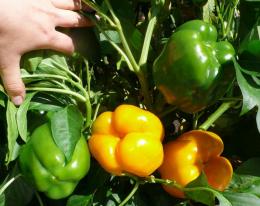
Thanks to the variety of colors, sweet peppers can decorate any dish. However, it can be used not only in cooking. Due to its healing properties, pepper is actively used for the preparation of medicines.
Content:
- Useful components
- Properties of sweet pepper
- Use of pepper in folk medicine
- Contraindications and proper preparation of pepper
Useful components
Pepper is one of the low-calorie vegetables. 100 g contains only 27 kcal, so you can consume it in unlimited quantities.
Sweet peppers contain the following vitamins:
- Vitamin A – 535 mcg
- Vitamin PP – 0.04 mg
- Vitamin B – 10.05 mg
- Vitamin B6 – 0.27 mg
- Vitamin B9 – 18 mcg
- Vitamin C – 139 mg
- Vitamin P – 500 mg
- Vitamin K – 14 mcg
- Vitamin E – 2.5 mg
By content vitamin A Pepper occupies a leading position among most vegetables and fruits. By consuming only 40 g of this vegetable, the body will receive the required daily dose of vitamin C. Pepper is also rich in various microelements: magnesium, zinc, chlorine, calcium, phosphorus, iodine, iron, manganese, copper, zinc, fluorine.
The most valuable and useful are the seeds and the white pulp around the stalk. It should be remembered that heat treatment of pepper removes most of the beneficial substances. During the vegetable season, it is better to eat it fresh.
Properties of sweet pepper
With daily consumption of bell pepper, you can get rid of swelling and dermatitis. Pepper should be included in the diet of people suffering from diabetes and insomnia. Rutin (vitamin P), contained in pepper, improves the circulatory system and prevents the formation of blood clots. For this reason, it is recommended to eat in order to prevent thrombosis and atherosclerosis.\

If you regularly consume sweet peppers, the condition of your skin, hair and nails will improve. The content of coumaric and chlorogenic acids in green fruits, and lycopenes in red fruits, prevents the development of cancer.
Pepper is useful for consuming vitamin deficiency, anemia, osteoporosis, and bleeding gums. Useful substances included in the composition pepper stimulate the secretion of gastric juice, which improves the digestion process and intestinal motility. In addition, bell pepper is used in the manufacture of cosmetics. To maintain youth, beauty and health, it is recommended to regularly include it in your diet.
Use of pepper in folk medicine
Bell pepper juice helps get rid of many diseases and symptoms. Freshly squeezed juice has an anti-inflammatory effect, so it can not only be consumed orally and used as a mouth rinse. This way you can get rid of stomatitis and gingivitis.
If the lacrimal sac is inflamed, then 30 minutes before meals you should drink a glass of juice with the addition of a tablespoon of honey. If you have iodine deficiency and thyroid disease, you should drink pepper juice regularly. After some time, the iodine balance in the body will be restored.To normalize the functioning of the pancreas and glucose levels, you should drink juice at least 3 times a day on an empty stomach.
Video about the benefits of sweet pepper:
The dosage is initially 30 ml, and gradually it is increased to 150 ml. If there are pigment spots on the face, then you need to mix equal amounts of pepper juice and carrots, mix and lubricate problem areas. For intestinal colic, it is useful to drink a mixture of juices: spinach, pepper and carrots.
It should be remembered that not everyone can eat pepper. There are certain contraindications when eating this vegetable is undesirable and can cause complications.
Contraindications and proper preparation of pepper
Pepper should not be used by persons suffering from severe angina, hypertension, stomach or duodenal ulcers. Pepper in any form is not recommended for gastritis, colitis, increased excitability, and insomnia. It is prohibited to use sweet peppers for hemorrhoids, epilepsy and chronic pathologies of the kidneys and liver.
Peppers are usually harvested in mid-August. It is during this period that abundant fruiting occurs. During harvesting, it is important to cut off the fruits along with the stalks, without damaging the mother plants. Only whole fruits that have dense, fleshy pulp should be stored.
After collecting the pepper, put it in a plastic bag, make small holes in it and put it in boxes. In this form it should be stored in the refrigerator.
Peppers can be dried, frozen, or pickled for the winter. Free the fruits from seeds and cut into small pieces 3x4 cm. Add to boiling water and then let the water drain. Place the pieces in trays and dry in the sun. Store peppers in a glass jar or plastic bags.You can dry peppers in a special dryer or in the oven.
To freeze fruits, they should be washed, cleared of seeds and folded together. Next, put into bags, tie and place in the freezer. In this form, peppers can be used for stuffing. If the pepper will be used as an additive to dishes, then also peel, wash, wipe with a dry towel and cut into pieces. Then put in portions into bags, tie tightly and place in the freezer.
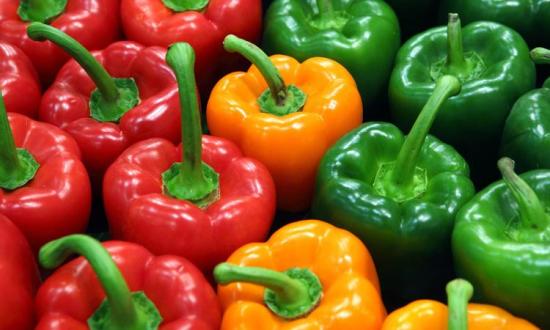
Frozen peppers can be stored for 3-5 months. The fruits do not lose their beneficial properties, taste and aroma. The temperature in the freezer should be at least 15 degrees. To prepare pickled peppers, peel and wash the fruits, cut into small slices and blanch in boiling water for 5 minutes.
To prepare the marinade, you need to boil 3 liters of water, add 6 tablespoons of salt, add a glass of sugar, stir and boil everything together. Next add 0.5 vinegar. Place 2 cloves on the bottom of the jar garlic, bay leaf, several peas of hot pepper. After this, compact the pepper pieces into a jar, add 3 tablespoons of vegetable oil and pour in the marinade. The final stage is sterilization.

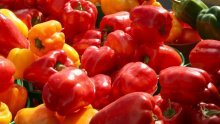
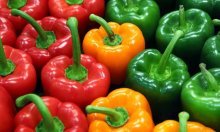

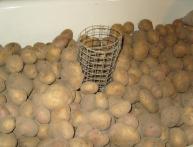

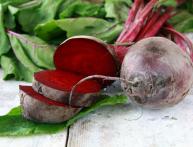


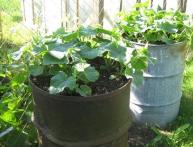
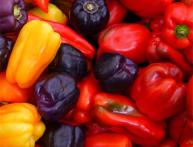
Comments
I think that only pepper grown on my own plot is useful, it really has a lot of vitamins, I regularly add it raw to salads in the summer. But the sweet peppers sold in supermarkets scare me because they do not spoil for months.